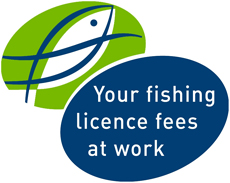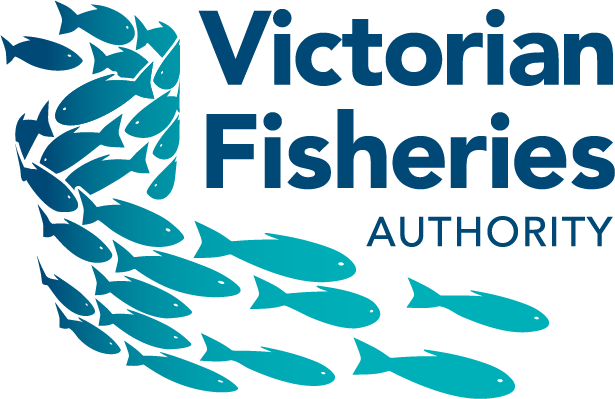Jigging For Science — Defining the spawning needs of calamari in Port Phillip Bay
March 2015
Recreational Fishing Grants Program Research Report
Executive Summary

In Victoria, the southern calamari (Sepioteuthis australis) fishery is classified as sustainable based on catch, effort and catch rate trends, as well as their biological characteristics and population dynamics. Although it is likely that calamari numbers are mostly influenced by environmental conditions, fishing pressure could deplete local populations during periods of low recruitment. Information about calamari population dynamics is important because increased levels of targeted fishing effort provides anecdotal evidence that exploitation levels may be increasing. Under this scenario, maintenance of critical habitats becomes even more important. The most critical knowledge gaps for calamari were determined to be:
- critical habitats required for growth and reproduction
- spawning characteristics and seasons
- movement patterns within and out of key fishing grounds (e.g. Port Phillip Bay)
- the amount of recreational fishing effort applied to the fishery.
This research investigated spawning characteristics, habitat quantification and qualification, and habitat utilisation of southern calamari in Port Phillip Bay surveyed from 2012–14. It also investigated the feasibility of introducing logbooks to record recreational catch and effort in the charter industry. Results suggest that:
- calamari are capable of spawning throughout the year with peak spawning occurring between spring and
summer - habitats of southern and western Port Phillip Bay are more important for reproduction and egg laying compared
with habitats in the north and east - calamari prefer to attach egg strands to seagrass including Amphibolis australis, Zostera spp. and a variety of macro algae found in southern and western Port Phillip Bay
- individual calamari are capable of moving relatively large distances but stay resident in southern Port Phillip Bay during spawning for about one week before moving away.
- charter operators are willing to participate in recording recreational catch in log books.
The Victorian Fisheries Authority now has a greater understanding of the temporal and spatial spawning variability of this species, their use of various habitats, and a potential tool for monitoring fishing effort. This will be incorporated into future stock assessments.
Further information
For a copy of the full report please email: richard.rogala@vfa.vic.gov.au.
